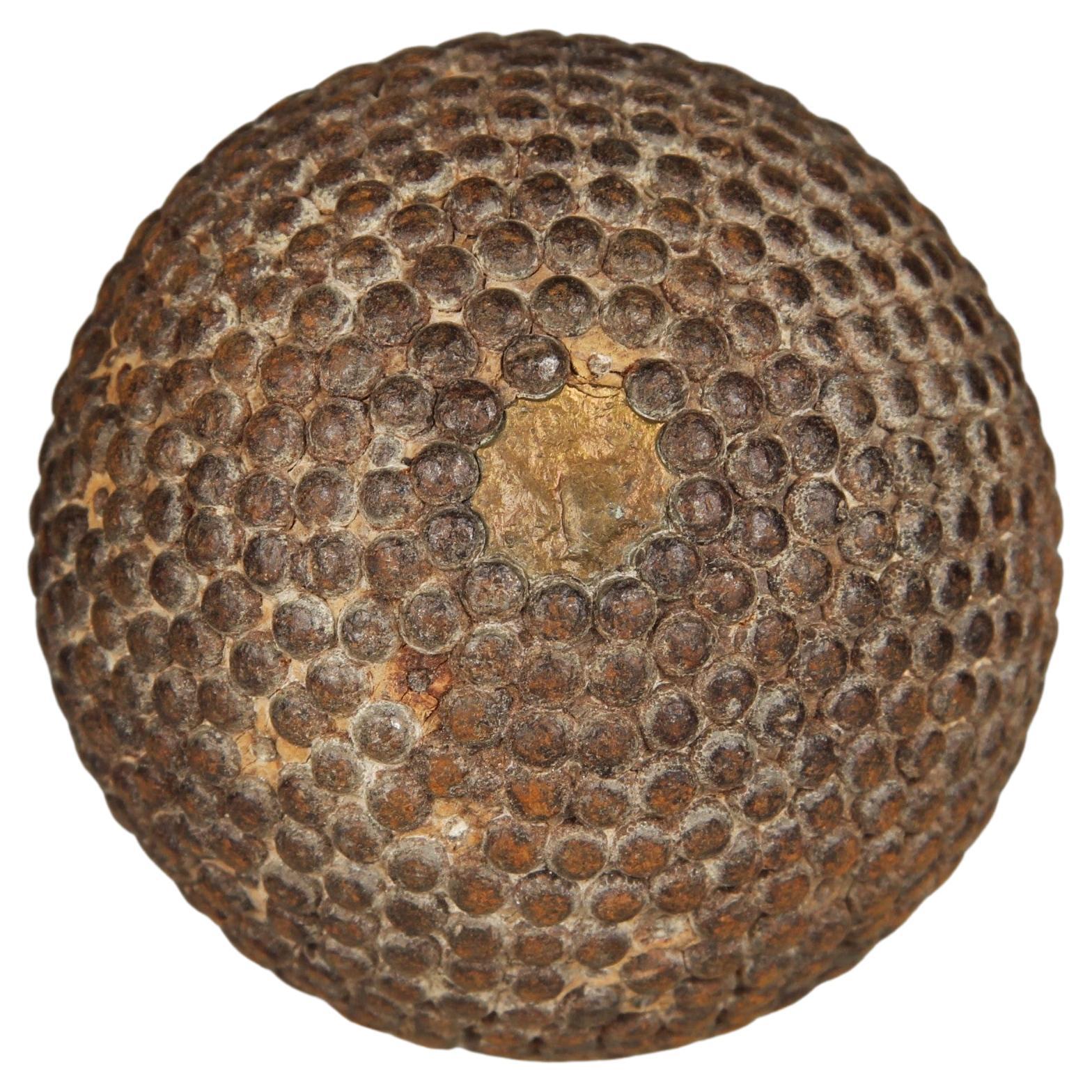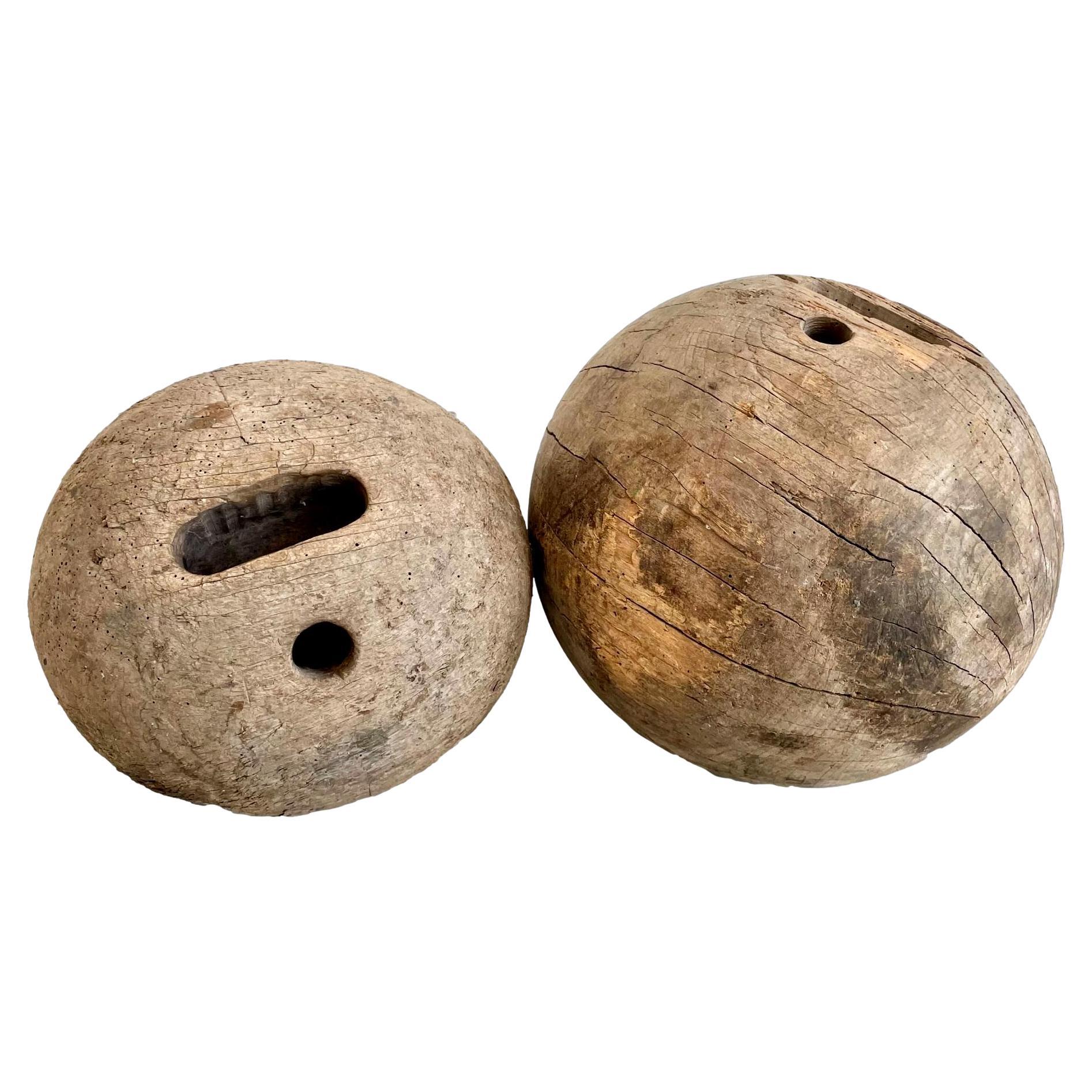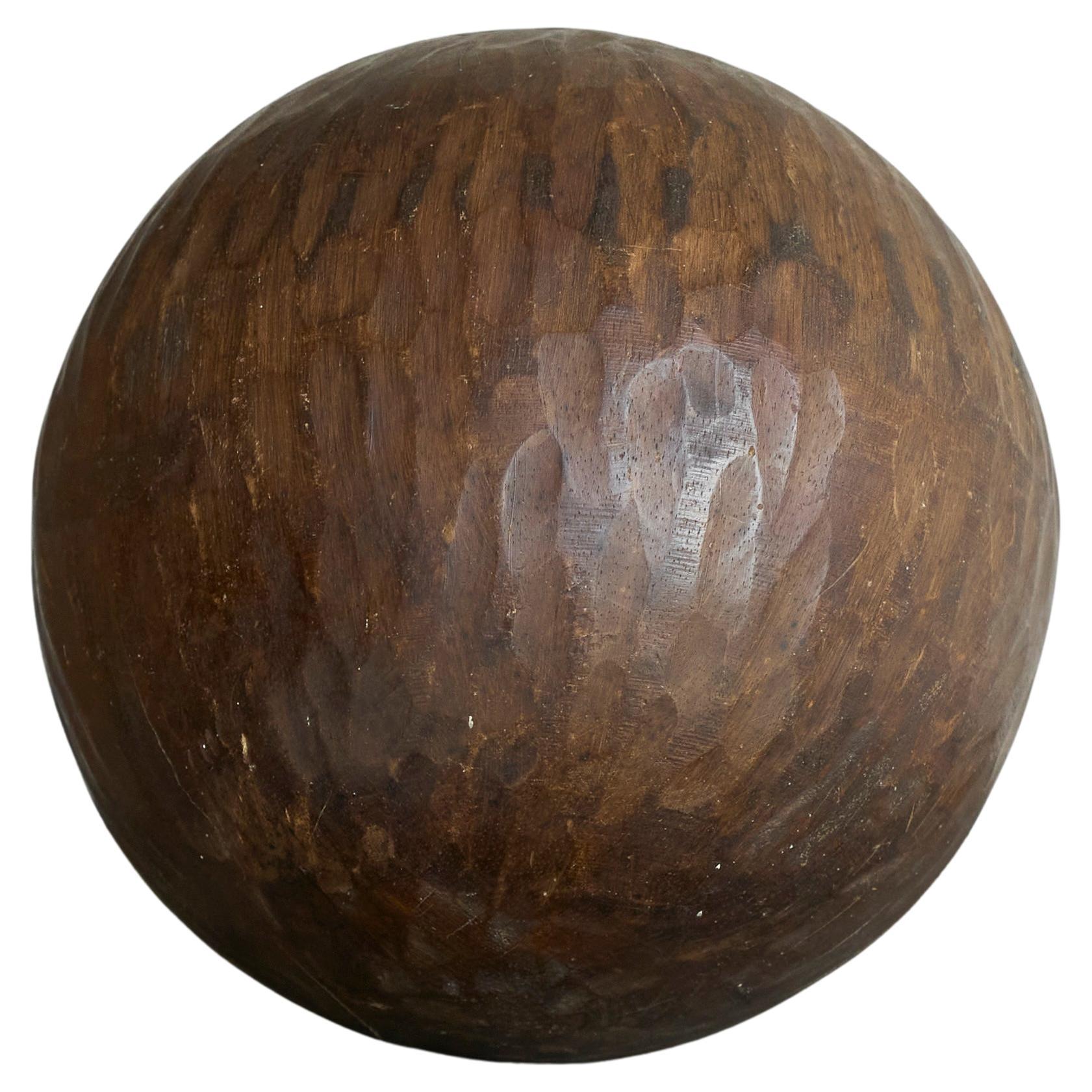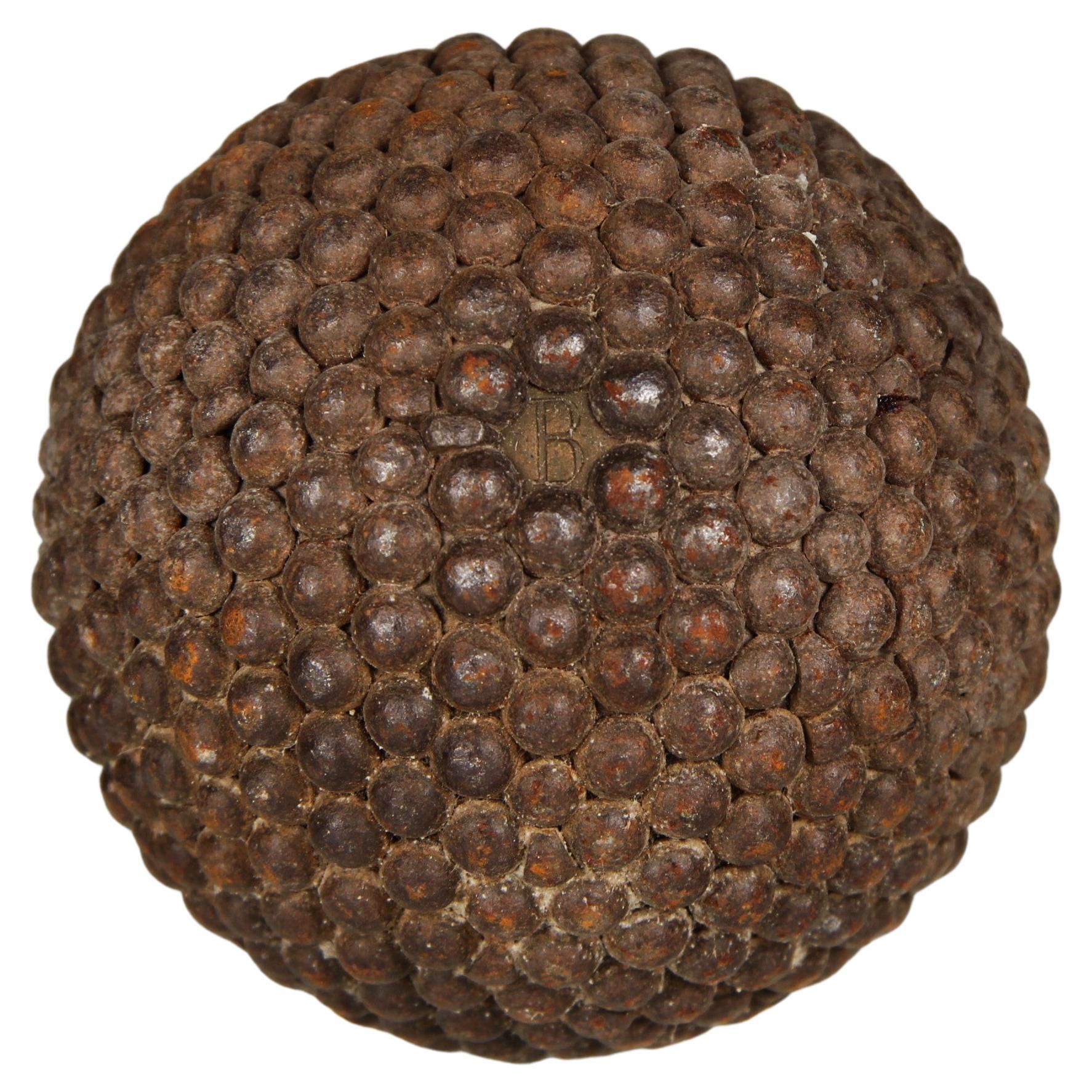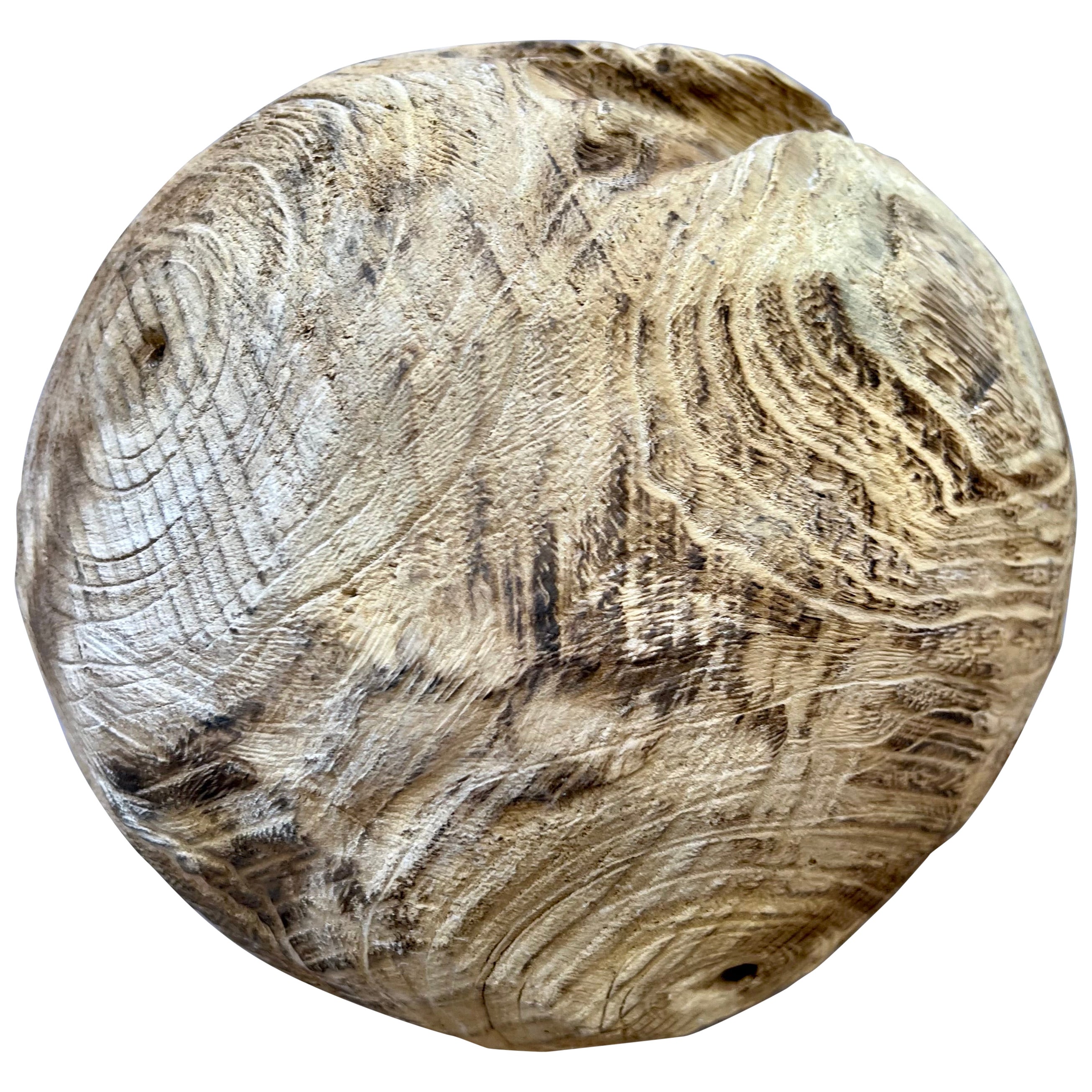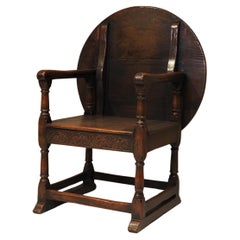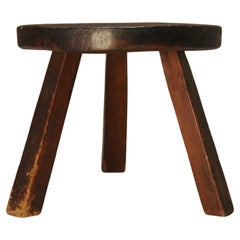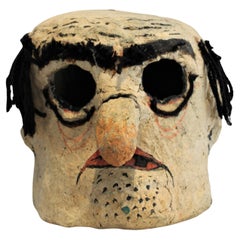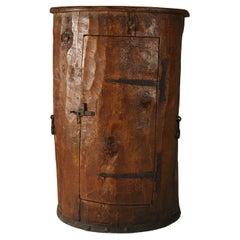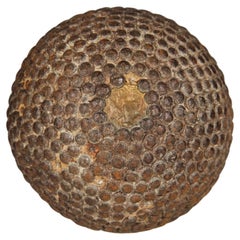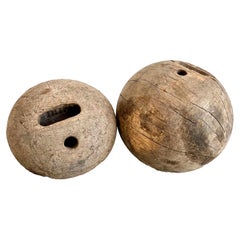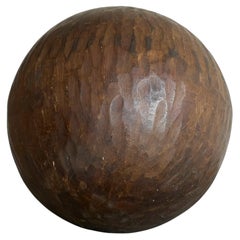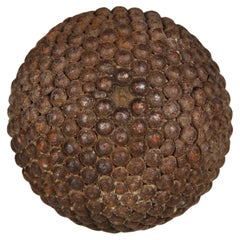Items Similar to Boule ball hard wood
Want more images or videos?
Request additional images or videos from the seller
1 of 11
Boule ball hard wood
$410.72
£305.27
€345
CA$567.09
A$628.86
CHF 330.42
MX$7,683.56
NOK 4,133.97
SEK 3,880.44
DKK 2,627
About the Item
French ball from a folk art game. Great patina and form.
Normandy, France ca. 1860
- Dimensions:Height: 11.03 in (28 cm)Width: 11.03 in (28 cm)Depth: 11.03 in (28 cm)
- Style:French Provincial (Of the Period)
- Materials and Techniques:
- Place of Origin:
- Period:
- Date of Manufacture:1860
- Condition:Wear consistent with age and use. Great condition seen age.
- Seller Location:Diest, BE
- Reference Number:1stDibs: LU10020242849802
About the Seller
No Reviews Yet
Vetted Professional Seller
Every seller passes strict standards for authenticity and reliability
Established in 2020
1stDibs seller since 2024
Typical response time: <1 hour
- ShippingRetrieving quote...Shipping from: Diest, Belgium
- Return Policy
Authenticity Guarantee
In the unlikely event there’s an issue with an item’s authenticity, contact us within 1 year for a full refund. DetailsMoney-Back Guarantee
If your item is not as described, is damaged in transit, or does not arrive, contact us within 7 days for a full refund. Details24-Hour Cancellation
You have a 24-hour grace period in which to reconsider your purchase, with no questions asked.Vetted Professional Sellers
Our world-class sellers must adhere to strict standards for service and quality, maintaining the integrity of our listings.Price-Match Guarantee
If you find that a seller listed the same item for a lower price elsewhere, we’ll match it.Trusted Global Delivery
Our best-in-class carrier network provides specialized shipping options worldwide, including custom delivery.More From This Seller
View All19th century monk seat/table
Located in Diest, BE
Primitive oak chair/table. Was used in small country houses. Great patina and unique craftmanship.
Category
Antique Mid-19th Century English Side Tables
Materials
Oak
Round brutalist side table
Located in Diest, BE
Round brutalist side table
With its brute, natural finish and three thick, angled legs, this table combines raw craftsmanship with timeless strength.
Category
Antique Early 1900s European Brutalist Side Tables
Materials
Wood
1950's Papier mâché french theatre head
Located in Diest, BE
A 1950's rare original James Ensor style papier mâché theatre head. This item was obtained via a private collection (France).
Category
Vintage 1950s French Folk Art Carnival Art
Materials
Paper
Primitive folk art cabinet made of an old tree trunk early 1900s
Located in Diest, BE
France Haute-Savoie region tree trunk cabinet, made in the early 1900’s of an old tree. This is a great example of the French provincial folk art craftsmen. Lovely patina.
Category
Antique Early 1900s French French Provincial Cabinets
Materials
Iron
18th Century French oak cantor stool
Located in Diest, BE
Cantor’s stool in oak wood, France, early 18th century. Unrestored and original condition, beautiful character of the oak.
Great to use as piedestal.
Category
Antique Early 18th Century French French Provincial Stools
Materials
Oak
Primitive brut sculpture by Luciano Bertolotto, 1997
Located in Diest, BE
An extraordinary primitive brut sculpture created from wood and Italian marble by the acclaimed Italian self-taught artist and sculptor Luciano Bertolotto (Pompi) . Isola Rizza, Ita...
Category
1990s Italian Primitive Abstract Sculptures
Materials
Carrara Marble
You May Also Like
Antique Boule Ball, Pétanque, 1880s, France, Craftsmanship
Located in Greven, DE
Beautiful, unique Boule ball, France, late 19th Century.
In the 19th century, the manufacture of boules balls underwent significant development in France as the game of boules, part...
Category
Antique Late 19th Century French Late Victorian Antiquities
Materials
Metal
Giant Hand-Made Wooden Bowling Balls, 1960s France
Located in Los Angeles, CA
Hand made wooden bowling balls with thumb and finger grips carved out of the wood. 12" in diameter. Heavy and substantial. Slightly varying size and patina for each ball giving them ...
Category
Vintage 1960s Belgian Folk Art Toys
Materials
Wood
$1,200 / item
Antique Wabi Sabi Style Ball in Carved Wood
Located in Meer, VAN
Antique Wabi Sabi Style Ball in Carved Wood.
Beautiful hand carved sabi sabi style decorative ball in solid wood. Wonderful tactile hand carved surface - great decorative piece on a...
Category
Early 20th Century Abstract Sculptures
Materials
Wood
Antique Boule Ball "B", Pétanque, 1880s, France, Craftsmanship
Located in Greven, DE
Beautiful, unique Boule ball, France, late 19th Century.
In the 19th century, the manufacture of boules balls underwent significant development in France as the game of boules, part...
Category
Antique Late 19th Century French Late Victorian Antiquities
Materials
Metal
Organic Modern Hand-Carved Wood Folk Art Ball Sphere
Located in Los Angeles, CA
Unique hand-carved folk art-style wood gazing ball. A friend of bookshelves and coffee tables. A lovely garden accent. An organic doorstop.
A compliment to any room-- great suppo...
Category
20th Century Organic Modern Sculptures and Carvings
Materials
Wood
Antique Boule Ball "J P", Pétanque, 1880s, France, Craftsmanship
Located in Greven, DE
Beautiful, unique Boule ball, France, late 19th Century.
In the 19th century, the manufacture of boules balls underwent significant development in France as the game of boules, part...
Category
Antique Late 19th Century French Late Victorian Antiquities
Materials
Metal, Brass
More Ways To Browse
Antique Ball
Wood Ball Furniture
Antique Boule
French Boules
Chairs Used Furniture
1959 Furniture
Space Vintage
Thor Chair
Retro Wood Furniture
United Furniture Mid Century Modern
Antique Wall
Used China
Andor Chair
Antique Silver
Vintage Carpet
Vintage 1960s Furniture Furniture
Fainting Couch Or Chaise
Scandanavian Furniture
